Gallery of Oddities: Interesting Things in Harvard's Closets
Medical Mineral
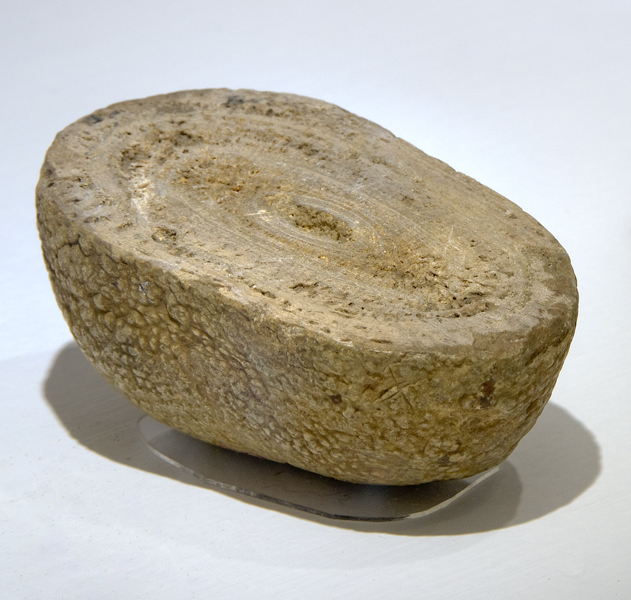
Now with 50 collections, not including libraries, amassed over more than 350 years, Harvard has some strange these locked away. Some were brought out as part of a recent exhibit called Tangible Things. This avocado-sized rock is both mineral and medical. Rocks like this, that form within the human body, often around foreign objects, are called calculi. In 1871, a doctor removed this enormous calculus from a soldier shot through the sacrum at the Battle of Gettysburg.
A Fragment of History
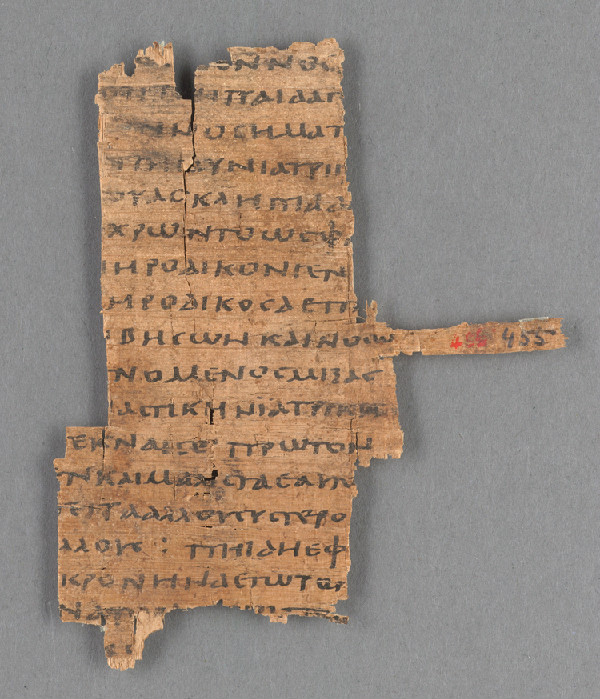
Some of the items have their own historical significance. This papyrus fragment contains a bit of Plato's Republic.
Clues to the Past
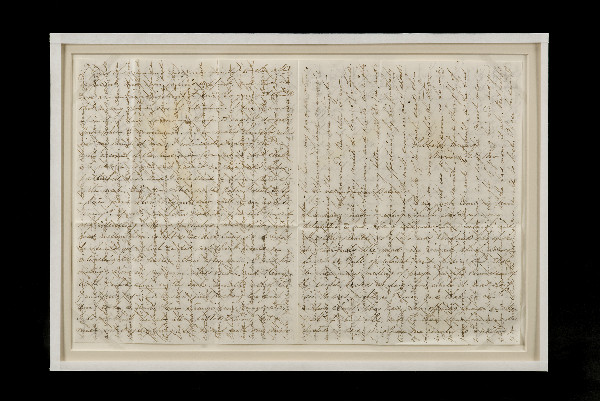
Other items are not significant in and of themselves, but tell us a little about life in the past. This letter, addressed to “my dear sister Bessie,” on November 4, 1855 is an example of cross-hatching, in which perpendicular lines of text overlap to save on paper and postage and prevent snooping.
A Literary Microscope
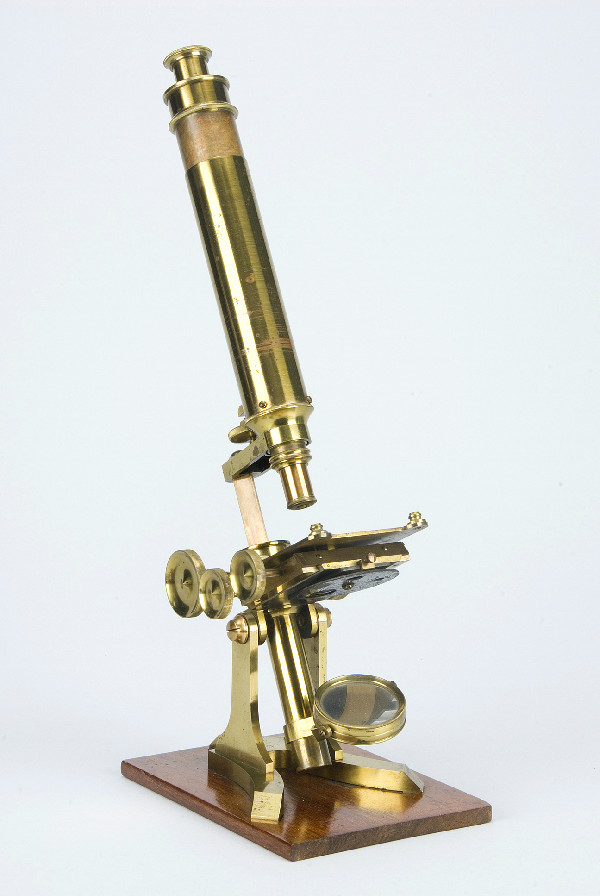
This microscope belong to author Mark Twain, who, in 1905 began a work entitled, "Three Thousand Years among the Microbes," the autobiography of a cholera germ who was once a man but had come to infect a tramp.
The Slide Collection
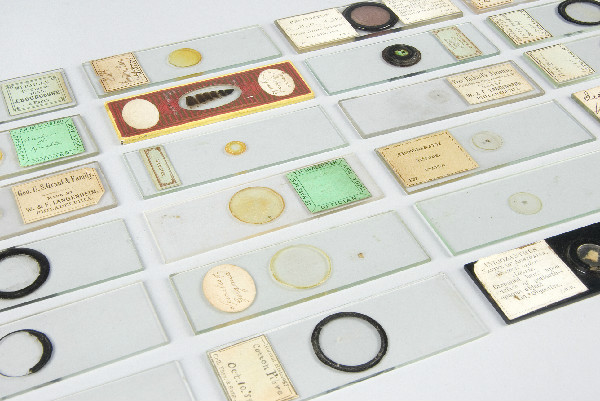
The microscope came with a collection of slides, including these. Around the turn of the last century, gentlemen like Twain kept microscopes, which they used as a recreational and educational activity, according to Sara Schechner, curator of the Collection of Historical Scientific Instruments.
Beetle Bracelet
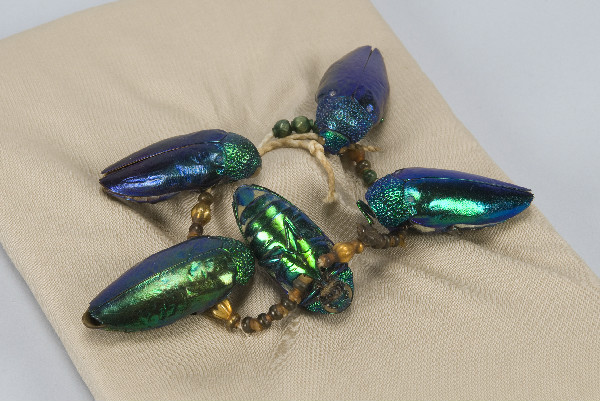
A bracelet or necklace made by the Naga people in India or Myanmar from 1913 or earlier.
Blondie's Board Game
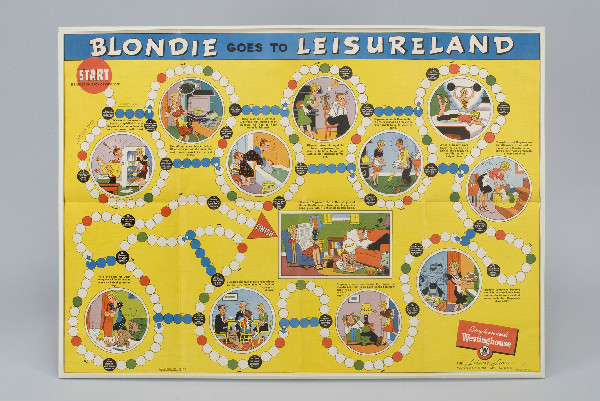
This board game from around 1940, called Blondie Goes to Leisureland, set the comic strip character Blondie out to collect Westinghouse appliances on her way to Leisureland. Westinghouse was the maker of the "Leisure line of electric home appliances."
Sign up for the Live Science daily newsletter now
Get the world’s most fascinating discoveries delivered straight to your inbox.
An Ancient Footprint
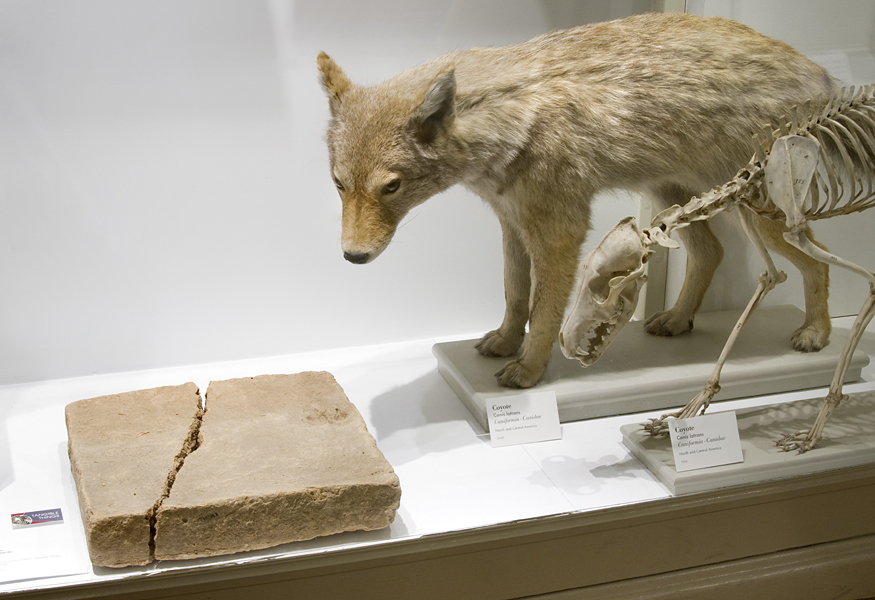
The footprint preserved in clay is a reminder of how long dogs have walked alongside humans. The print was laid down between 1500 and 1300 BC in the ancient city of Nuzi in what is now Iraq. The footprint was displayed in the Harvard Museum of Natural History beneath the watchful gaze of a stuffed relative.
A Spirit Message
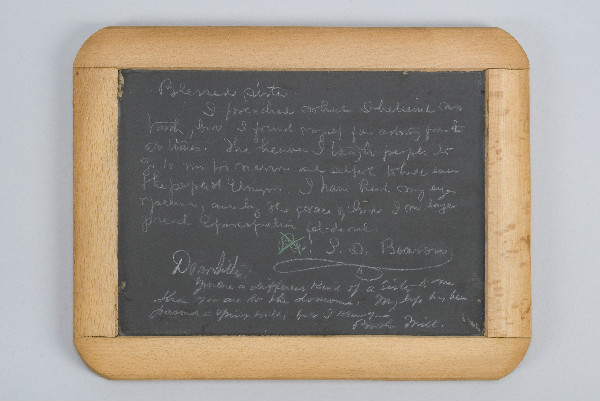
This 19th-century slate contains chalk spirit writing, messages from the dead supposedly conveyed through "automatic writing." This slate contains two notes, the first written to woman from sprit of remorseful minister and the second message from the sprit of brother Will to his dear sister.
Times Have Changed
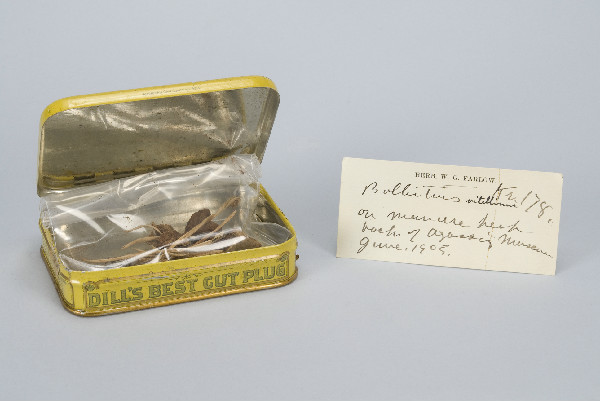
This common mushroom was plucked from a manure heap behind the Museum of Comparative Zoology in 1905.
A Century-Old Tortilla
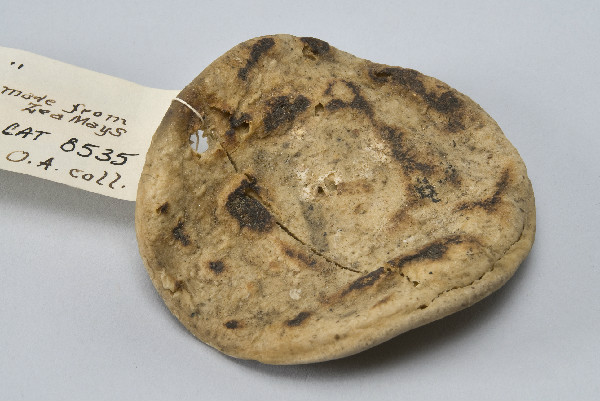
This tortilla made from corn in Mexico in 1897 was collected as a botanical specimen and is considered an example of "economic botany."










